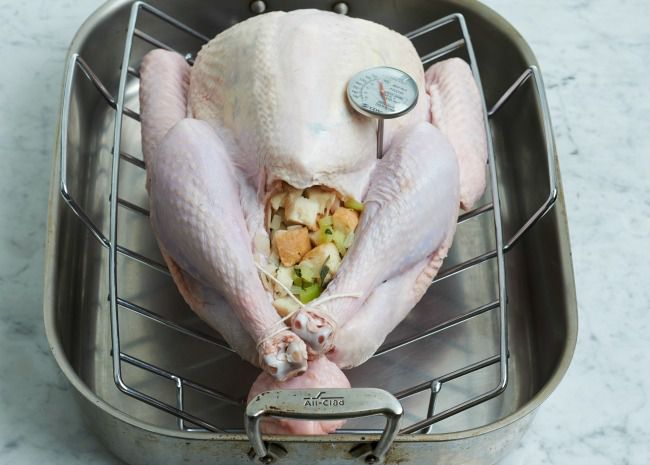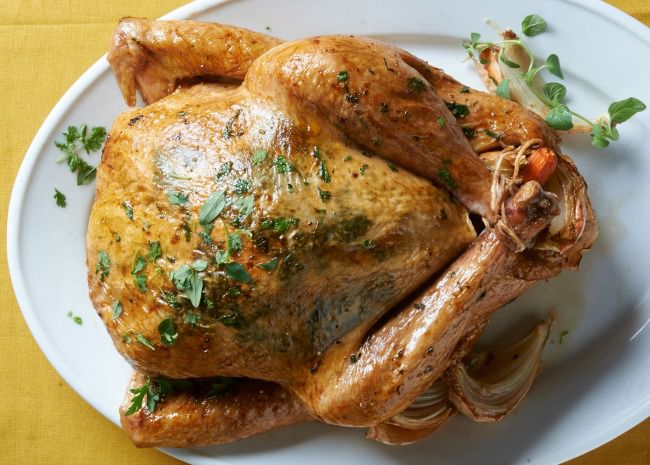Hearts of palm, also known as ubod, palm cabbage, palmito, and chonta, are a food that sound like a treasure. And in a way, that wouldn’t be inaccurate.
Hearts of palm have lots of merit as a high-protein vegetable that’s packed with nutrients and makes a great meat substitute. They’ve also got a taste and texture that doesn’t exist in many other foods, and they adapt well to virtually any cooking style.
Read on to learn what hearts of palm are, where to find hearts of palm in the store, and how to cook with hearts of palm.
What Is Heart of Palm?
Heart of palm is a vegetable that’s harvested from the core of a group of palm trees, including coconut, peach palm, açai palm, and palmetto. These trees grow in tropical areas, such as Central America, South America, and Southeast Asia.
Harvesting hearts of palm has led to massive deforestation, so harvesting hearts from single-stemmed wild palms has been outlawed. Today, most hearts of palm are cultivated from multi-stemmed palms in Costa Rica, South Asia, and the Amazon.
What Do Hearts of Palm Taste Like?

Hearts of palm have a subtle flavor that’s similar to artichoke hearts, white asparagus, and water chestnuts. Texturally, hearts of palm are fleshy, juicy, and slightly crunchy — tender, but hearty enough to act as a meat substitute. Hearts of palm have a similar consistency to artichoke hearts and jackfruit.
Hearts of Palm Nutrition
Hearts of palm are a substantial source of protein, which makes them a suitable meat replacement. They’re also rich in fiber, which helps maintain digestive health, and they are a good source of amino acids, vitamins, and minerals.
Hearts of palm are an excellent source of potassium, which can keep your heart healthy and reduce high blood pressure. Despite being so rich in nutrients, hearts of palm are low-carb and low in fat, and fresh (not canned) hearts of palm are low in sodium.
Where to Buy Hearts of Palm
You’ll likely find canned hearts of palm in the canned foods section at the grocery store. Finding fresh hearts of palm is a bit harder because they spoil quickly — your best bet is a specialty produce store, online, or an international grocery.
How to Cook Hearts of Palm

Hearts of palm are incredibly versatile and appear in dishes ranging from salads to pastas and dips. They can be crunchy or creamy, depending on how they’re prepared.
Their high protein content makes them a suitable ingredient in vegan and vegetarian dishes, and they’ve even been crafted into a pasta alternative. If you’re looking for a simple way to add hearts of palm to your diet, try sautéing them or adding them to a salad.
Recipes to Try:
- Hearts of Palm Dip
- Vegan Hearts of Palm Ceviche
- Hearts of Palm Salad
What Is Hearts of Palm Pasta?
As mentioned, hearts of palm have a texture and taste similar to artichokes. That is, they’re a bit nutty but largely neutral and adapt well to any number of dishes. They’re versatile with pasta sauces and pasta toppers, too.
Hearts of palm pasta, while chewier than your traditional pasta, is a low-carb, low-calorie, gluten-free, high-fiber alternative to flour pastas. Plus, it’s keto friendly, and OK for the paleo diet, too. A cup of hearts of palm pasta has about 15 to 20 calories; a cup of traditional pasta has about 200.
Some grocery stores carry hearts of palm pasta; you can also ask them to special order it if you’d like to try it. Likewise, most of it is shelf-stable and can be shipped and stored for months.
Related:
- How to Dry Fresh Herbs at Home
- The Best Cold Soup Recipes for Reducing Inflammation
- Why Are Some Wines Not Vegan?




